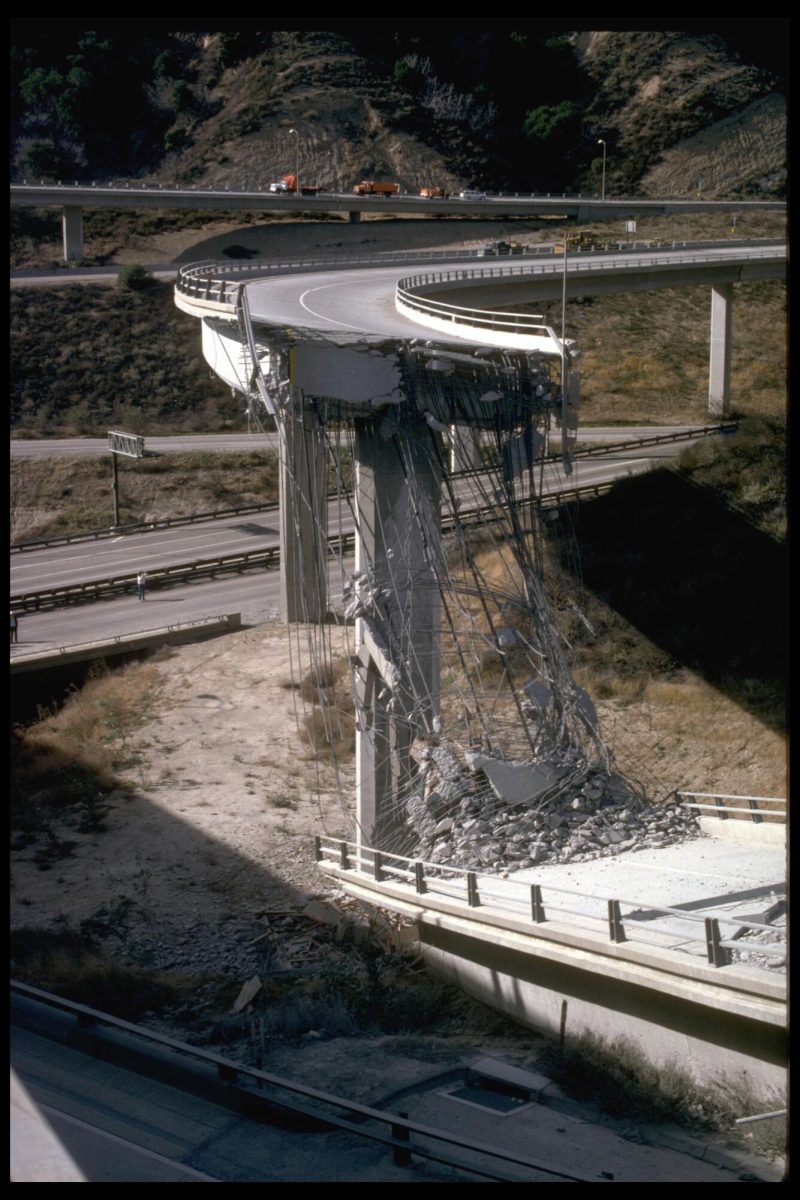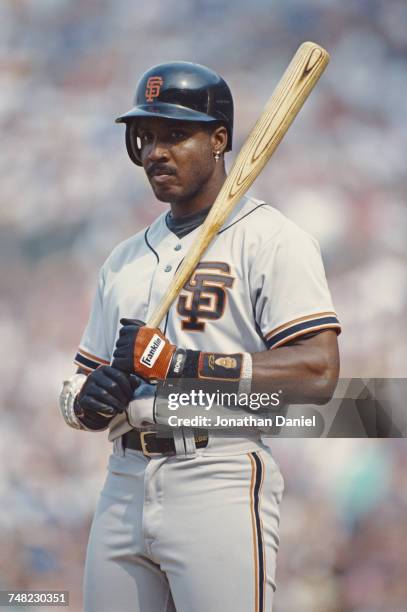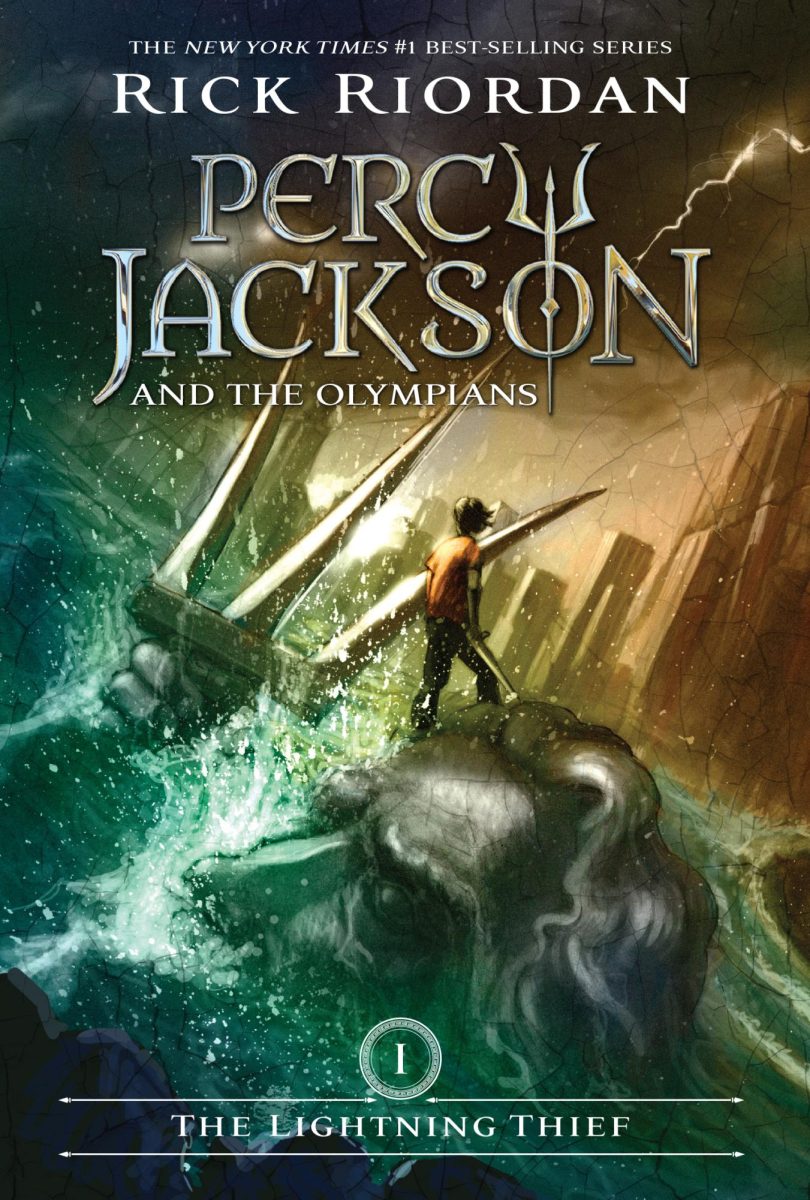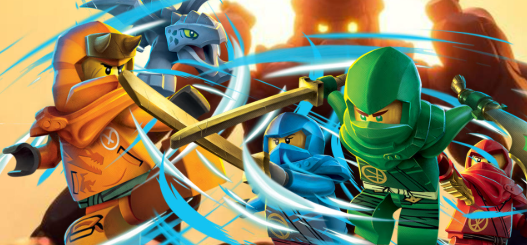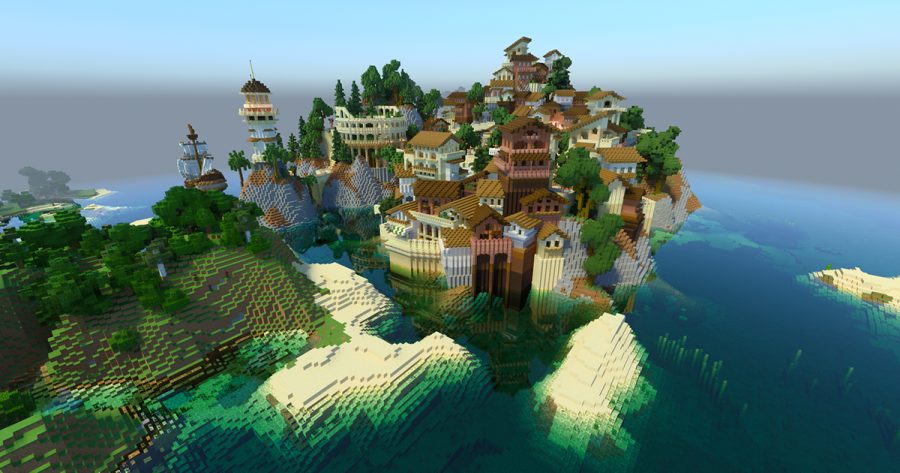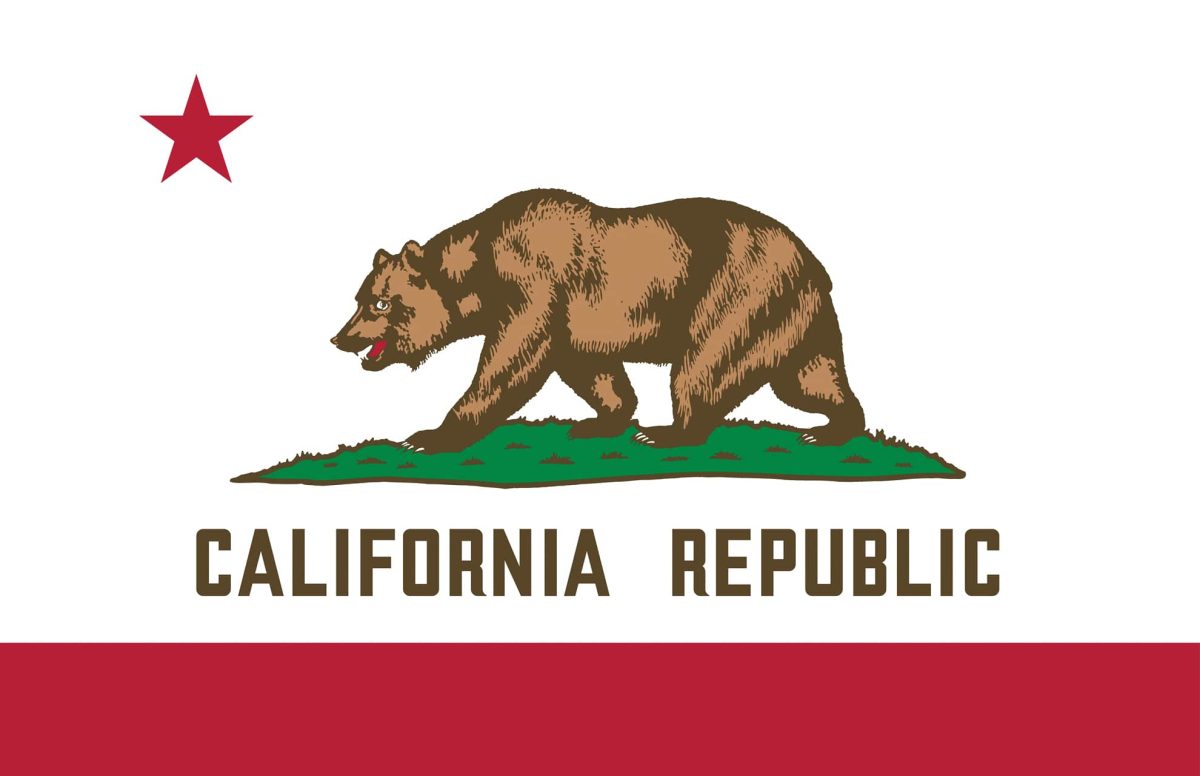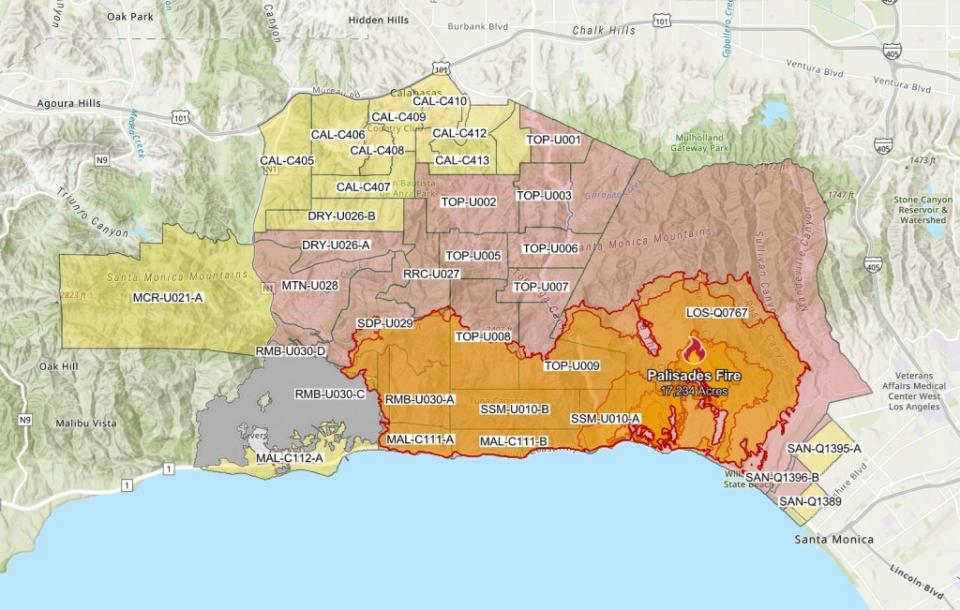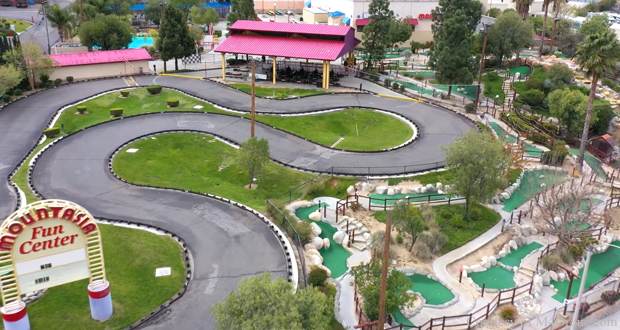Six Flags Magic Mountain stands out as one of the premier amusement parks in the Six Flags franchise, boasting a remarkable history filled with groundbreaking achievements. Among its notable milestones is the introduction of America’s first fully functioning 360-degree loop, a thrilling innovation that set the standard for roller coasters across the country. Let’s explore the rich history of Six Flags Magic Mountain and uncover what makes it truly extraordinary.
Six Flags was established in Valencia, California when SeaWorld executives sought a location near Los Angeles to create an amusement park. SeaWorld and Newhall Land signed a $20 million partnership to develop a 200-acre plot for the park. After landscaping and constructing buildings, the park officially opened. At its inception, it featured thirty-three attractions and employed five hundred staff members. Admission cost $5.00 for adults and $3.50 for children. The opening attractions included Gold Rusher, Log Jammer, Grand Prix, and El Bumpo. According to SCVHistory.com, El Bumpo featured “40 gasoline-powered bumper boats on a manmade lagoon at the back of the park.” Magic Mountain also introduced four transportation rides: the Orient Express, Helpful Honda Express, the Metro (later renamed the Magic Mover), and El Dorado Station.
If you have ever visited Magic Mountain or any other Six Flags amusement park, you have likely seen Warner Bros. characters interacting with guests. During the 1971 season, Magic Mountain secured a permit to use these beloved characters, inspiring a range of kiddie rides and merchandise. While this partnership was discontinued in the 1972 season, it returned in 1976. In the meantime, a new log flume ride called Jet Stream was introduced in 1972, which still exists today. This family-friendly ride, located near Gold Rusher, promises a splash on the final drop. In 1973, the park unveiled its second steel coaster, Mountain Express, along with three new spinning rides: Himalaya, Electric Rainbow, and Tumble Drum.
The 1976 season marked a significant milestone for Magic Mountain with the introduction of the Great American Revolution, making it the first amusement park to feature a modern 360-degree looping steel coaster. This achievement was groundbreaking, as previous attempts at creating a functional 360-looping coaster had failed due to safety concerns.
During the 1978 season, Magic Mountain launched one of its most popular attractions: a massive wooden coaster named Colossus. At that time, Colossus was the world’s fastest, longest, and tallest dual-tracked roller coaster. Although it briefly closed for renovations that same season, it reopened as an improved ride. In 1979, Six Flags acquired Magic Mountain, and in 1981, Roaring Rapids was introduced, strapping riders into a boat for a guaranteed soaking as they navigated obstacles. The Free Fall ride debuted in 1982, lifting riders 131 feet into the air before dropping them. In 1984, the Sarajevo Bobsleds attraction opened, offering guests a thrilling bobsled experience—minus the snow! However, this unique ride was removed in 1986 and relocated to Six Flags Over Texas, where it continues to delight visitors today.
In 1985, Magic Mountain underwent a rebranding, featuring Looney Tunes characters throughout the park, licensed by Warner Bros. The following year, they introduced a new stand-up roller coaster named Shockwave, which replaced the Sarajevo Bobsleds. Shockwave was removed in the 1988 season and later shipped to Six Flags Great Adventure in 1990. During the 1988 season, Magic Mountain opened Ninja, a suspended swinging roller coaster. In 1989, Tidal Wave made its debut, featuring a simple lift hill and drop; however, the ride closed in 2020 and was replaced by Wonder Woman Flight of Courage.
In the 1990 season, the park introduced Viper, a multi-looping coaster standing 188 feet tall and reaching speeds of up to seventy miles per hour. In 1991, Psyclone, the newest wooden coaster, was introduced, but during the 1994 season, the Northridge earthquake caused Psyclone to become significantly rougher than usual, impacting the ride’s experience. Flashback was added to Magic Mountain’s lineup in 1992, designed for indoor riding, though it ultimately was not enclosed. The ride featured many short, steep drops and was known for its roughness, resulting in head-banging moments. Flashback, along with Psyclone, was removed in the 2007 season.
In 1994, Batman: The Ride was introduced, becoming Magic Mountain’s first inverted coaster, with clones appearing at other Six Flags parks. In 1996, Superman: The Escape debuted, a dual-launch coaster reaching 415 feet and speeds up to 100 miles per hour. Although it was initially delayed until 1997 due to technical issues, the ride cycled between launching riders backward or forward every six months.
The 1998 season saw the introduction of Riddler’s Revenge, which became the world’s tallest and fastest stand-up coaster, reaching speeds of up to 65 miles per hour. In 2000, Goliath was built, a 235-foot hyper coaster capable of reaching 85 miles per hour. For the 2001 season, Magic Mountain introduced three coasters: Goliath Jr., X, and Deja Vu, although only Goliath Jr. and Deja Vu opened due to technical issues.
Deja Vu, an inverted coaster, was introduced in late 2001, standing 194 feet tall and reaching speeds of up to 66 miles per hour. X made its debut in 2002 as North America’s first fourth-dimensional coaster, featuring seats that spun 360 degrees on an axis. Magic Mountain also introduced Scream, the park’s first floorless coaster, standing 150 feet tall and reaching speeds of 63 miles per hour. In the 2006 season, Tatsu was added, a flying roller coaster that could reach speeds of up to 62 miles per hour and was 263 feet tall, including the mountain elevation it sat upon.
In 2011, Lex Luthor: Drop of Doom was introduced, attached to the side of Superman and offering a thrilling drop of 400 feet. Also in 2011, it was announced that Deja Vu would be relocated to another Six Flags park. The Log Jammer closed in 2011 and was later replaced by Full Throttle.
Full Throttle opened in 2012 as the world’s first coaster with a top hat element, also holding the record for the largest loop at 160 feet. In 2015, Magic Mountain announced a rework of Colossus, which received a new metal track and was renamed Twisted Colossus. In 2017, Crazanity was introduced as a flat ride, becoming the world’s largest pendulum ride, capable of reaching 75 miles per hour. In 2020, Magic Mountain opened West Coast Racers, a steel-launched coaster that could reach speeds of up to 55 miles per hour. In 2021, Wonder Woman Flight of Courage, a raptor coaster standing 131 feet tall and reaching 58 miles per hour, was introduced, giving Magic Mountain the world record for the most roller coasters in a single park at 20.
Magic Mountain is a remarkable amusement park with a long and fascinating history. It is a staple of Valencia and one of its biggest attractions. With its thrilling rides and innovative designs, Magic Mountain ranks among the greatest amusement parks in the world and will likely remain a top destination for years to come.









